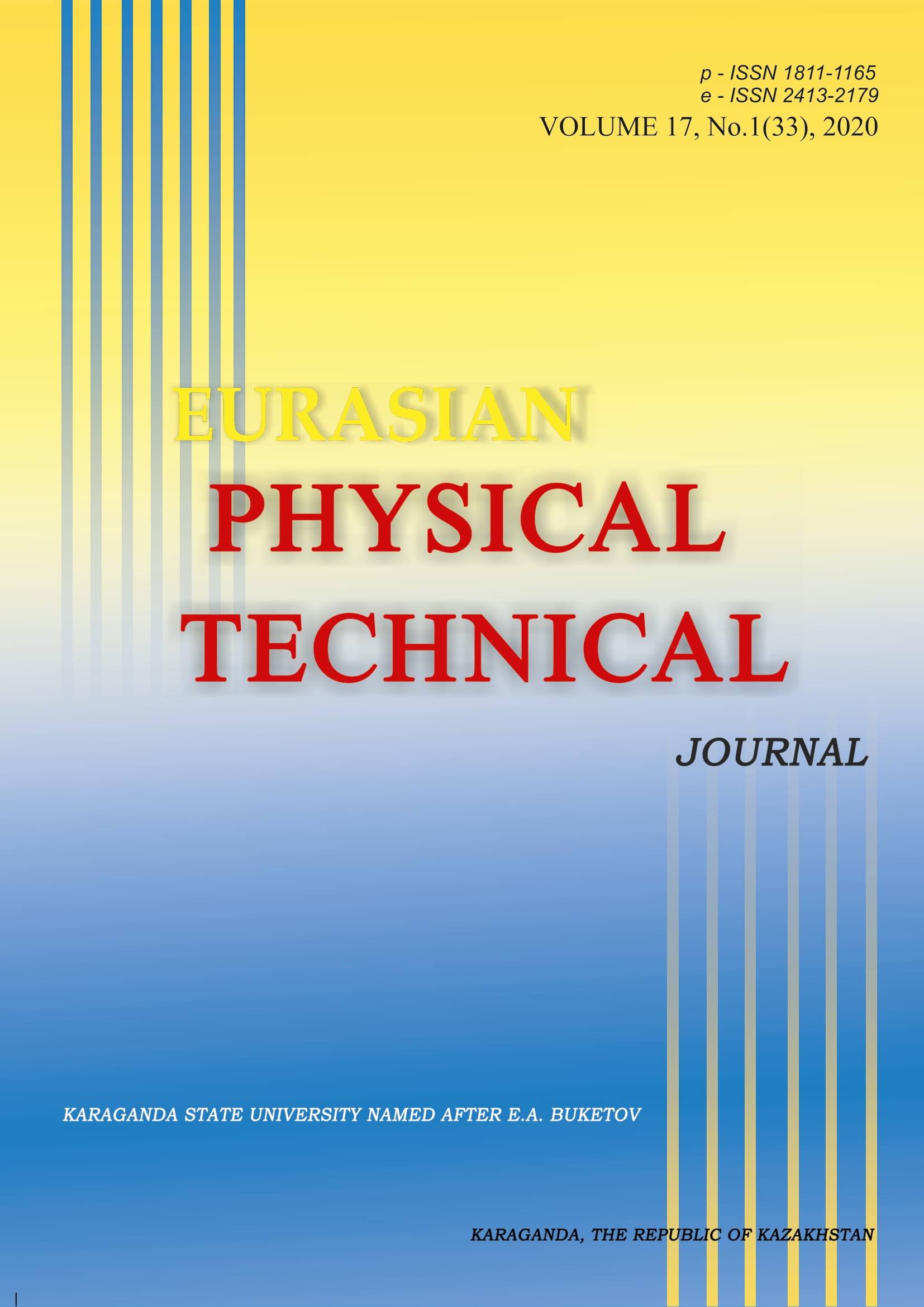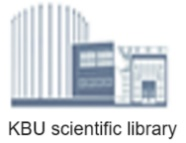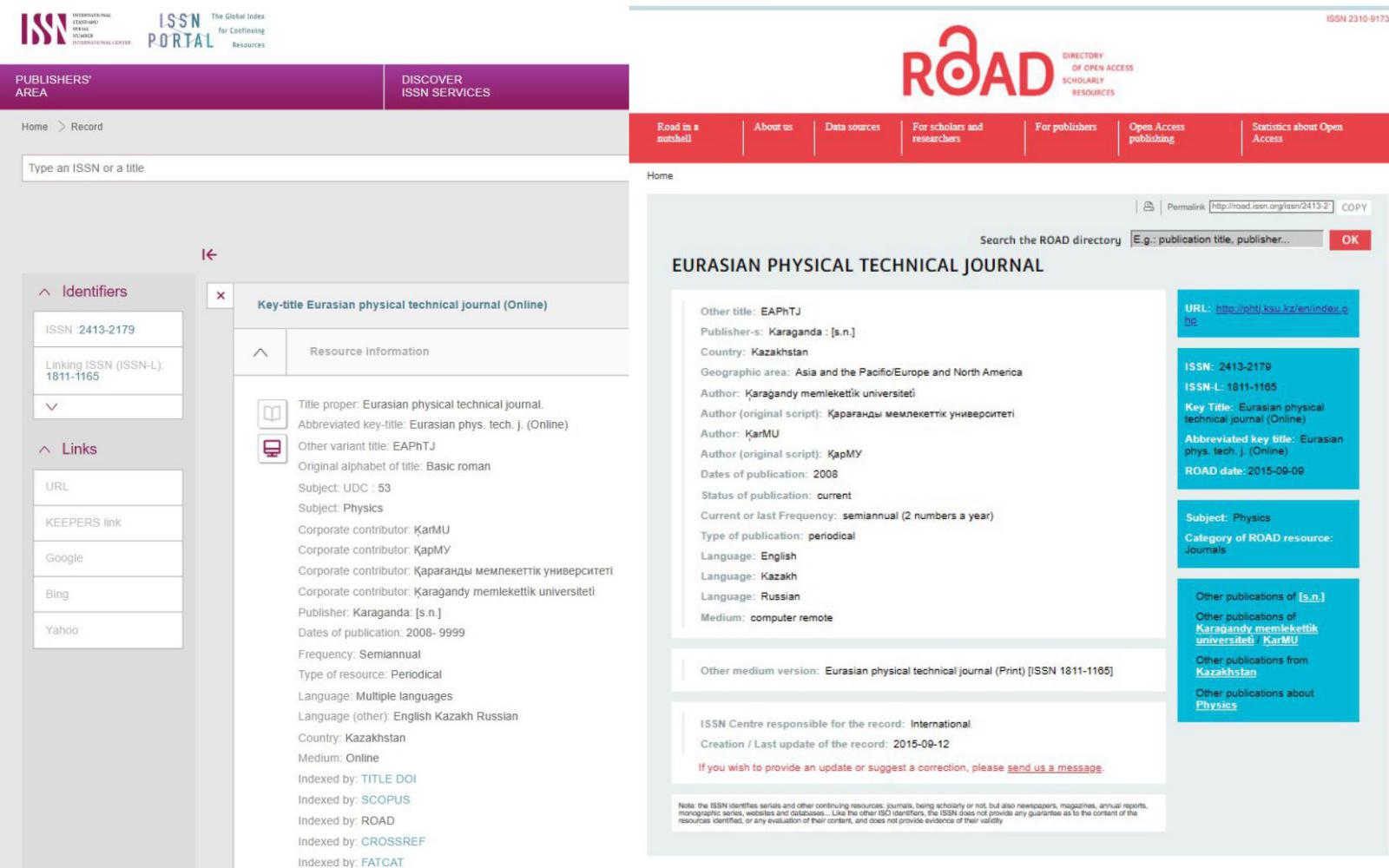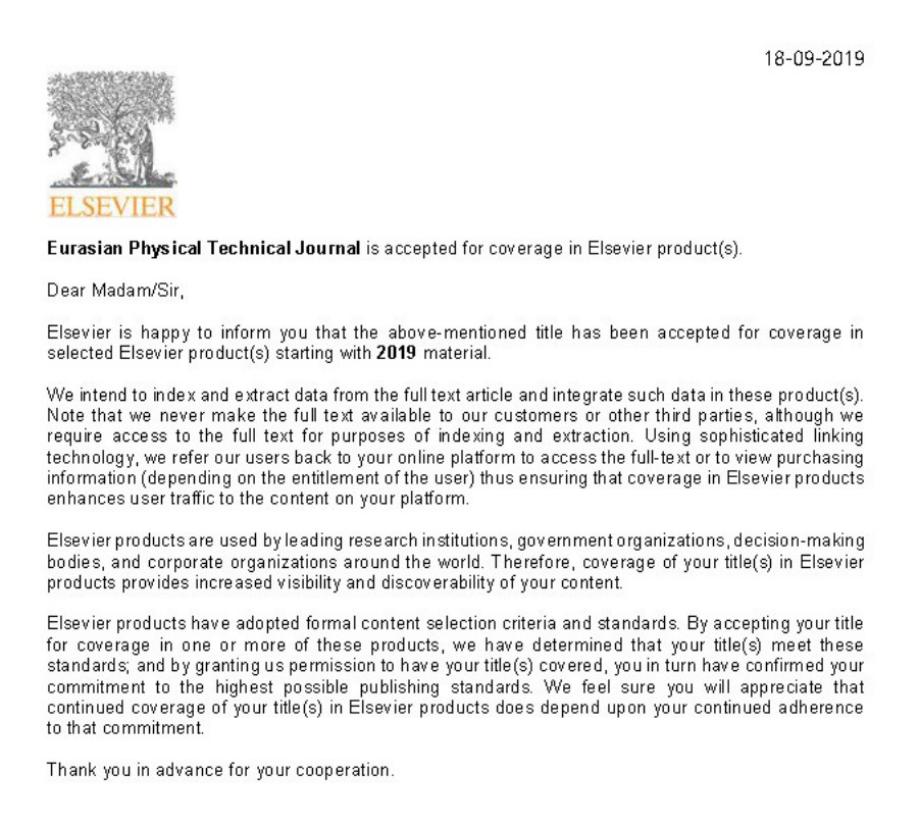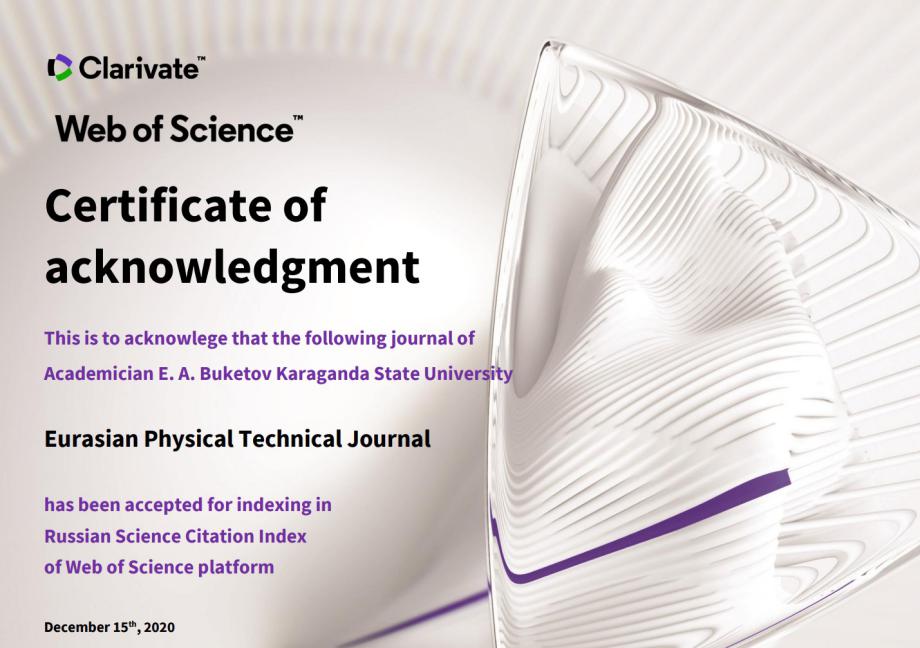WEAR RESISTANCE AND TRIBOLOGICAL PROPERTIES OF HIGH ENTROPY COATINGS CrNiTiZrCu
DOI:
https://doi.org/10.31489/2020No1/13-18Keywords:
highly entropic coatings, target, equiatomic proportions, microhardness, wear resistance.Abstract
A highly entropic alloy was first synthesized in the work by mechanical alloying followed by heat treatment in vacuum under certain conditions. The microhardness of the CrNiTiZrCu coating is not inferior and in most cases exceeds the hardness of highly entropic equiatomic alloys. The wear resistance of the CrNiTiZrCu coating is 3•10-4 g/min, which also meets the special steels for wear resistance. High entropy coating has a low coefficient of friction (0.04) at the level of friction of layered crystals, which distinguishes them from high-entropy alloys (about 0.4-0.6) by an order of magnitude. They turn out to be anti-friction, which in all probability leads to energy savings. The coating is already used in the manufacture of turbine blades made of steel 20X13 at a turbo-mechanical plant in Karaganda.
References
Yeh J.W., Chen Y.L., Lin S.J. High-entropy alloys – a new era of exploitation. Materials Science Forum, 2007, Vol. 560, pp. 1 – 9. 2 Azarenkov N.A., Sobol O.V., Beresnev V.M., Pogrebnyak A.D., et al. Vacuum-plasma coatings based on multi-element nitrides. Metallofiz. Noveishie Tekhnol. 2013, Vol. 35, No. 8, pp. 1061 – 1084. 3 Firstov S.A., Gorban V.F., Krapivka N.A., Pechkovsky E.P. A new class of materials - highly entropic alloys and coatings. Vestnik TSU, 2013, Vol. 18, No. 4, pp. 1938 – 1940. [in Russian] 4 Firstov S.A., Gorban V.F., Andreev A.O., Krapivka N.A. Superhard coatings of highly entropic alloys. Science and Innovation, 2013, Vol. 9, No. 5, pp. 32 - 39. 5 Pogrebnyak A.D., Bagdasaryan A., Yakushchenko I.I., et al. The structure and properties of highly entropic alloys and nitride coatings based on them. Uspekhi Khimii, 2014, Vol. 83, No. 11, pp. 1027-1061. 6 Maksimchuk I.N., Tkachenko V.G., Vovchok A.S., et al. The decay kinetics and thermal stabilization of the cast alloy system Mg-Al-Ca-Mn-Ti. Metallofiz. Noveishie Tekhnol. 2014, Vol. 36, No. 1, pp. 1 – 15. 7 Firstov S.A., Gorban V.F., Krapivka N.A., Pechkovsky E.P., Karpets M.V. The relationship between the ratio of the σ phase and the fcc phase with the electron concentration of cast two-phase high-entropy alloys. Composites and Nanostructures, 2015, Vol. 7, No. 2, pp. 72 – 84. 8 Shaginyan L.R., Gorban V.F., Krapivka N.A., et al. Properties of coatings of the high-entropy Al–Cr– Fe–Co–Ni–Cu–V alloy obtained by magnetron sputtering. Superhard Materials, 2016, No. 1, pp. 33 – 44. 9 Firstov S.A., Gorban V.F., Krapivka N.A., et al. The effect of plastic deformation on the phase composition and properties of high-entropy alloys. Interunivrsity collection "Scientific notes, Lutsk, 2016, No. 54, pp. 326 – 338. [in Russian] 10 Gorban V.F., Krapivka N.A., Firstov S.A. High entropy alloys - electron concentration - phase composition - lattice parameter – properties. Physics of Metals and Metallurgy, 2017, Vol. 118, No. 10, pp. 1017-1029. 11 Yurov V.M., Guchenko S.A., Makhanov K.M. Structural Properties of the High-Entropy Coating TiNiZrCuCr. Modern High-Tech Technologies, 2020, No. 4, pp. 78 – 83. 12 Yurov V.M., Guchenko S.A., Makhanov K.M. Atomic force microscopy of highly entropic coatings. International Journal of Applied and Basic Research, 2020, No. 4, pp. 62 – 67. 13 Kubich V.I., Cherneta O.G., Yurov V.M. Potential difference of metal machine parts methodology for determining the parameters of adhesional properties of materials on the SMC-2 friction machine. Eurasian Physical Technical Journal, 2019, Vol.16, No. 2(32), pp. 78 – 82.

